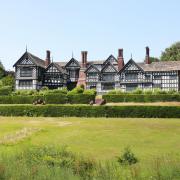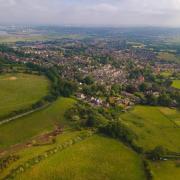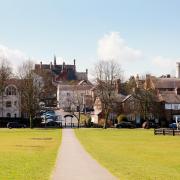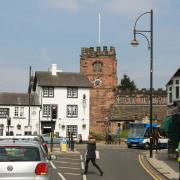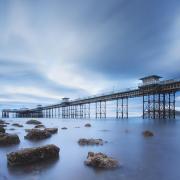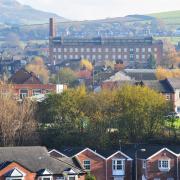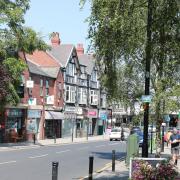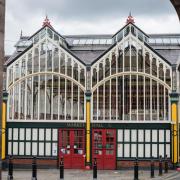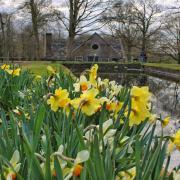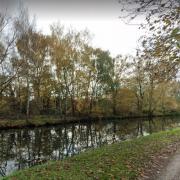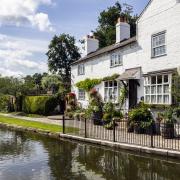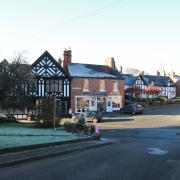Port Sunlight is an impressive testament to the philanthropic spirit of a soap factory boss. Words by Polly Berkeley Paintings by Gordon Wilkinson
Port Sunlight is a remarkable place. It’s a model village of great historical importance that thrives today as a place to live, stay and enjoy its myriad pleasures from its many listed buildings to tea in the art gallery.
The village, which is set in 130 acres of beautifully maintained parkland, is a conservation area and a significant tourist attraction in the Wirral. More than that, it is testament to the humanity and vision of William Hesketh Lever, the founder of this incredible 19th century landmark.
A philanthropist with a passion for art which is evident in the beautiful art gallery here, he created Port Sunlight for the workers at his soap factory, Lever Brothers, later to be the global giant Unilever.
Lever’s aims were ‘to socialise and Christianise business relations and get back to that close family brotherhood that existed in the good old days of hand labour.’
He claimed that Port Sunlight was an exercise in profit sharing, but rather than share profits directly, he invested them in the village.
He said: ‘It would not do you much good if you send it down your throats in the form of bottles of whisky, bags of sweets, or fat geese at Christmas. On the other hand, if you leave the money with me, I shall use it to provide for you everything that makes life pleasant – nice houses, comfortable homes, and healthy recreation’.
Lever had designs on becoming an architect when he was a young man but his father insisted that he became involved in the family grocery business instead so he undeniably indulged his passion for art and architecture in the construction of Port Sunlight, employing 29 architects in the construction. The result is an intoxicating mixture of styles and design approaches.
The village is often considered to be a part of the Garden City Movement and to be representative of the influence of Ebenezer Howard but despite Lever’s commitment to the Garden City Movement, the origins of Port Sunlight clearly lie in the tradition of the industrial ‘model village’.
Most of the houses were constructed for factory workers although there were some larger houses built for managers. The density of development was very low at about nine per acre but this was probably as much due to the ground conditions as it was to Lever’s passion for the welfare of his employees.
Port Sunlight contains 900 Grade II listed buildings, and was declared a Conservation Area in 1978. It has also been informally suggested for World Heritage Site (WHS) status to protect it from development and to preserve its unique character for future generations.




